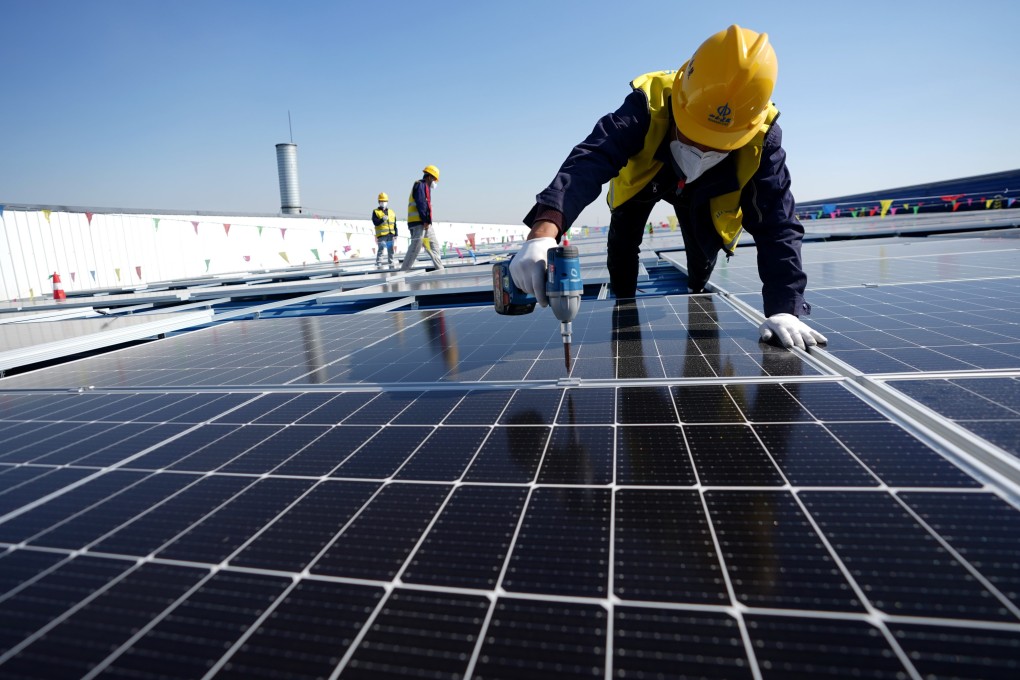China’s proposed export curbs on key solar technologies could backfire, hurt domestic giants, analysts say
- Beijing is mulling export restrictions on technologies used to manufacture large solar wafers, black silicon and ultra-high monocrystalline and multicrystalline silicon
- The proposed restrictions could hinder Chinese firms’ expansion plans in Southeast Asia and their ability to develop wafer capacity in the US, Daiwa’s Dennis Ip says

China’s proposed move to limit exports of advanced solar technology to maintain its global industry dominance could end up hurting its own companies and slow down their expansion plans, according to analysts.
Beijing is canvassing public comments for its plan to impose as-yet unspecified restrictions on the export of technologies used to manufacture large solar wafers, black silicon and ultra-high monocrystalline and multicrystalline silicon. The deadline for submission is January 28.
The proposed restriction could hinder the overseas expansion plans of Chinese solar equipment manufacturers, such as in Southeast Asia where they want to build efficient integrated wafer-to-solar panel production lines, Dennis Ip, regional head of utilities research at Daiwa Capital Markets, wrote in a note on Thursday.
“Chinese players may also be hindered from developing wafer capacity in the US to obtain the relevant Inflation Reduction Act subsidy,” he added.
